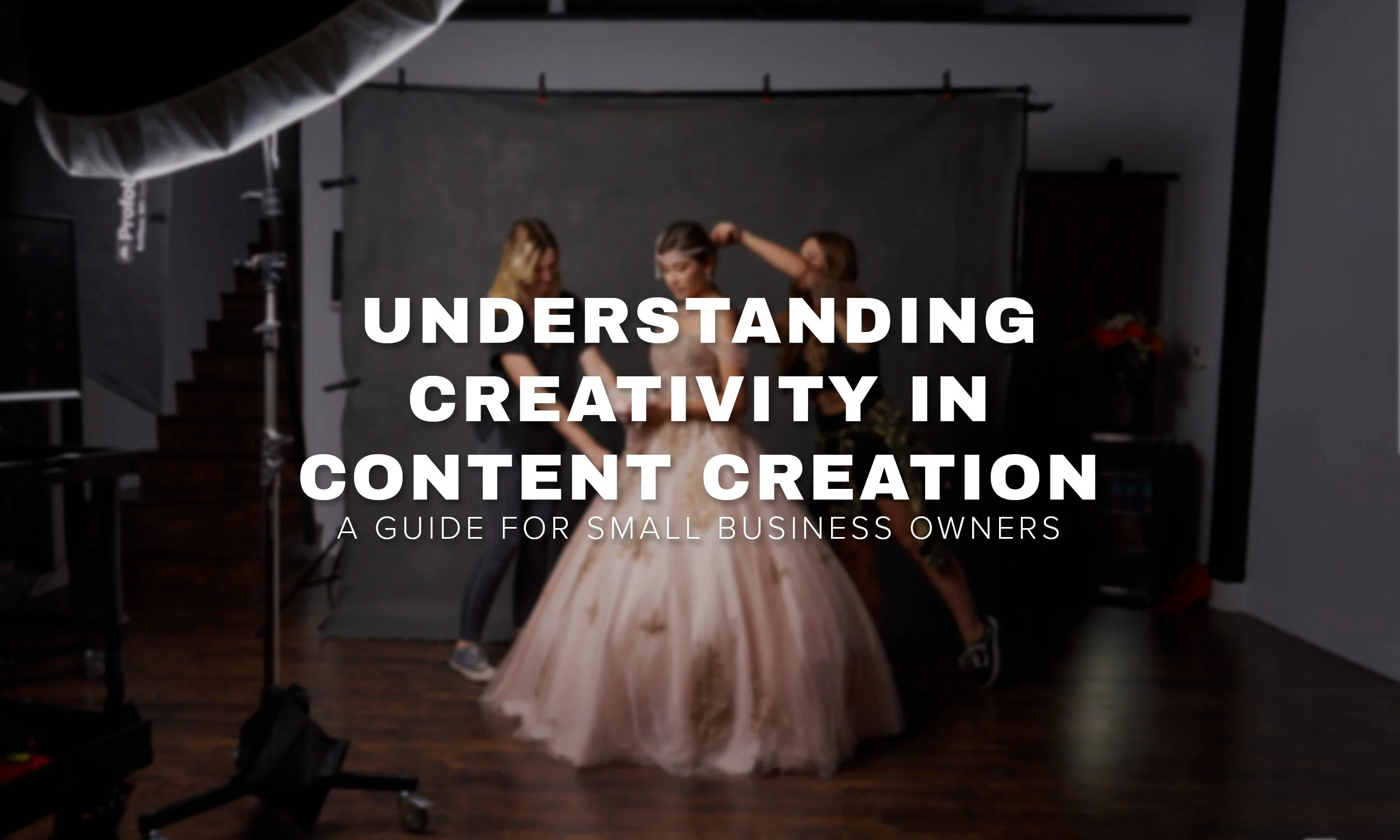Understanding Creativity in Content Creation: A Guide for Small Business Owners
Introduction
Definition
“The tendency to generate or recognize ideas, alternatives, or possibilities that may be useful in solving problems, communicating with others, and entertaining ourselves and others.”
In short… imagination.
Creativity in the scope of your business is effectively communicating your thoughts and ideas. Its communicating your solutions to your customers' problems in a way that is unique and gets that light bulb to go on. Creativity in a competitive market makes your content stand out. It isn’t enough anymore to check the box that you’re “doing the thing”. You need to do it well and have people remember what you’re saying and understand it.
Understanding Creativity for Business
Creativity in the context of content creation is- your ability to take what you want to say and produce a unique way of saying it or showing it. It engages your audience. In the context of content creation, it involves the ability to think beyond the conventional, generating ideas that captivate your audience and set you apart from the competition.
Think of the massive amounts of memes that are online that are likely in your saved folder. Why did you save them? It’s likely because it resonated with an inherent truth that you’ve observed. You probably felt seen. You probably felt like you weren’t alone in your observation. You also probably laughed. Now think about how you’ve shared that same meme and made sure to ask one of your friends if they saw it. (hopefully they haven’t and you can be the bearer of glad tidings.)
How to Cultivate Creativity
Here is the hard part. Creativity isn’t something you can turn on at will or force into a 9-5 schedule; but you can raise the chances of it hitting. Creativity is like a seed. The potential is there for something to grow, but requires a specific environment for it to flourish.
Foster Creativity in a Fertile Environment
Your environment is like the soil for your seed of creativity to grow. When it comes to finding the environment that sparks your creativity, it's important to think about how your senses influence your creative flow.
Hearing: Sound plays a big role; some people like a quiet space for deep concentration, while others prefer background music or ambient sounds to get their thoughts flowing.
Sight: What you see also affects mood and focus, with some folks liking bright lights and others preferring a softer, dimly-lit space. It can also be a tidy workspace where there are less distractions or a messy workspace that drags your attention away from what you need to focus on.
Smell: And let's not forget about **smell**—some people do their best work in a neutral-scented area, while others draw inspiration from the aroma of food or a specific fragrance.
Temperature: Room temperature matters too; some like it warm, while others find cool environments more productive.
Position: How you work—whether sitting, standing, or even lying down—and what you wear can also impact your creativity. This may change throughout the day. Be aware of if you’re comfortable.
Time of Day: The time of day can be a factor too—morning, afternoon, or night, everyone has their preferred creative time and when they feel dialed in.
Eating: I’m sure we’ve all experienced trying to focus but all you can think about is grabbing a snack. Eliminate this distraction by making sure you eat or have a snack handy.
You might have other things to add that either helps you focus better or distracts you. By being aware of your creative space and knowing what could potentially divert your attention, you can set yourself up for success. By figuring out what works best for your senses, you can create the perfect creative workspace that's uniquely yours.
Nourish through Learning
Continuing education is like the nourishing stream that waters our creativity, helping it grow into intricate ideas and innovative solutions. Just like plants need water, ongoing learning is essential—it gives our minds a boost with new concepts and perspectives, sparking creative growth. And just as fertilizer enriches the soil, continuous education enriches our cognitive landscapes, allowing dormant ideas to come to life. In this ever-evolving world, combining new knowledge with our innate creativity keeps us adaptable and thriving.
There a number of ways to feed our creativity. Here are some examples:
Books
Dive into books that cover your industry, business management, and creativity. Reading opens doors to valuable insights, fresh perspectives, and sparks of innovation. Immerse yourself in the wisdom and experiences shared by authors, and let these books be your gateway to endless learning and personal growth.
Formal Education
You might want to think about signing up for some relevant courses, workshops, or certifications. There are plenty of universities and online platforms that have flexible programs designed specifically for small business needs.
Webinars
Participate in webinars that cover a wide range of topics, including business strategies, industry trends, and creativity. These virtual events provide a convenient opportunity to gather valuable insights from industry experts, all without requiring a significant time commitment. From my personal experience, a lot of these webinars are available on demand, allowing you to conveniently watch them whenever you find yourself with some free time.
Industry Conventions
Attending industry-specific conventions or conferences is a fantastic way to boost your professional growth and get out of your comfort zone. These events offer valuable networking opportunities, learning from industry leaders, and staying up-to-date with the latest trends in your field. By immersing yourself in these immersive environments, you can expand your knowledge, establish meaningful connections, and stay ahead of the curve in your industry.
Online Learning Platforms
To level up your knowledge and skills, make the most of the different online learning platforms out there. Industry leaders have been creating their own courses like crazy. You can bet that if you check out their profiles, they've probably got a link to one of their courses.
Social Media
To keep yourself in the loop and get some valuable industry knowledge, be sure to connect with industry thought leaders and experts on social media. Engaging with them can give you access to a ton of information, insightful perspectives, and even networking opportunities to boost your professional growth and success. Don't miss out on tapping into their expertise and expanding your professional network!
Online Communities and Forums
Join online communities and forums relevant to your industry. Engaging in discussions, asking questions, and sharing experiences with peers can contribute to continuous learning.
Podcasts
If you want to stay in the loop about business strategies, entrepreneurial stories, and industry-specific topics, podcasts are the way to go! They're super convenient and accessible. So, grab your headphones, dive into the wide variety of podcasts out there.
Pruning
Pruning is a crucial step in refining your ideas, making them more effective. It's all about distilling your thoughts into actionable insights, cutting away the unnecessary. By doing that, you can really hone in on the heart and value of your ideas, allowing them to thrive and reach their full potential.
Quality Over Quantity: To get the best results, it's important to focus on a few key ideas and give them plenty of time for thorough development. Think of it like pruning in gardening, where we carefully select and nurture the most promising concepts. By tending to these chosen ideas, we can help them grow and succeed even more.
Time Management: Being effective at managing time means intentionally cutting out unnecessary activities or distractions that can get in the way of being productive. By prioritizing tasks that directly contribute to creative growth, you can make the most of your creative process. It's important to identify and get rid of non-essential responsibilities, or hand them off to others, so you can create an environment that's all about creativity and innovation. Taking control of your time lets you focus and be intentional when it comes to pursuing creative endeavors.
Iteration: Iteration is a cycle of refining ideas through repeated revisions and improvements. Iterative development believes the initial version is just a starting point, not the final product. Each cycle aims to improve on the previous one, gradually evolving the idea towards its most effective form. Create drafts and allow for feedback, being willing to prune away elements that do not contribute to the overall strength and effectiveness of the idea.
Learning from Setbacks: See setbacks and challenges as chances for growth and improvement. When you encounter obstacles, take a moment to reflect, learn valuable lessons, and use that knowledge to refine your future creative approaches.
Conclusion
The seed of creativity flourishes with careful cultivation. By embracing selectivity, effective time management, the iterative process, and a learning mindset towards setbacks, we position ourselves to turn creative potential into tangible achievements. It's about fostering an environment that's conducive to growth, where ideas are meticulously polished and honed to fruition. As we navigate the creative journey, it's essential to remember that the path to innovation is iterative and dynamic, but with perseverance and strategic focus, our creative endeavors can yield extraordinary results. Let us move forward with the confidence that by persistently refining our approach, we can elevate our creative output and make a meaningful impact.
Need help with your content marketing?

